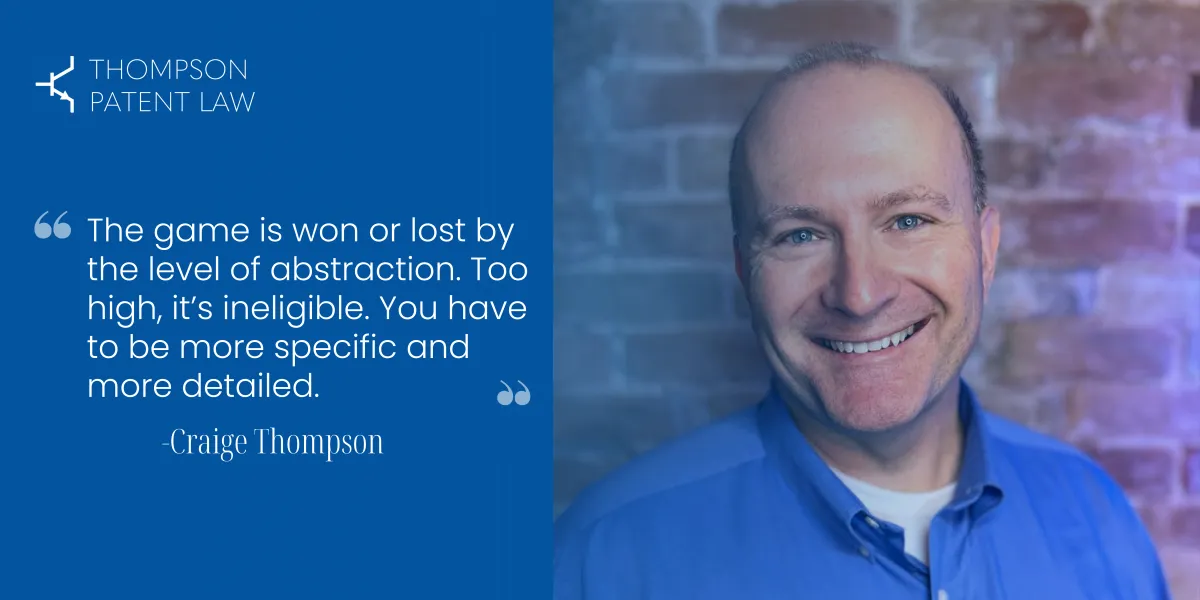
info@thompsonpatentlaw.com

6 Keys You Need So You Can Profit by Patenting Software: Navigating the DDR Patent - A Blueprint for Success in the Post-Alice Era (Post 2 of 6)
Navigating the DDR Patent - A Blueprint for Success in the Post-Alice Era
6 Part Series: 6 Keys You Need So You Can Profit by Patenting Software
This is the second in a series of 6 posts for decision-makers who are responsible for protecting high value, innovative software. If you missed the beginning of the series, click below so you can access the entire series and not miss any important or actionable insights for your business.
***Click here to jump to the start of this series***
Why DDR Patent Holds Water:
The DDR Holdings v. Digital River case is a cornerstone example for software companies looking to navigate patent eligibility. This case stands out because its claims were engineered to solve a problem specific to the Internet — retaining website visitors who click on ads without leaving the host's website. By being designed as a technical solution rather than a mere translation of a pre-existing business model to the digital realm, the DDR patent sets an example that could prove invaluable to your software company's patent strategy.
The Fine Print:
Drafting the patent claim holds significant importance. In DDR's case, the claim didn't just fulfill the necessity of being novel; it detailed a system involving multiple parties, including the web browser user, the outsource provider, and the webpage owners. This level of specificity made the patent robust, actionable, and, most importantly, compliant with Alice requirements.
Bottom Line for Executives:
If you want your software patent to be eligible in the post-Alice landscape, then your claim needs to be more than just an abstract idea. It must present a unique, technological solution to a problem that is specific to the software industry or the Internet.
Actionable Business Take-away:
Your patent's strength in the marketplace and in the court of law depends on how well it's crafted. An experienced patent firm that understands the post-Alice climate can guide you in drafting claims that not only meet but exceed patent eligibility requirements.
What's Next:
While the DDR case offers a promising framework, it also makes it clear that not all internet-centric challenges will easily translate into patent-eligible claims. So, how do you identify what will make the cut and what won't? Stay tuned for the next article in this series, where we dissect the Ultramercial decision to outline the pitfalls you should avoid in software patenting. You won't want to miss it!
Ready to dive into the nuances of the Ultramercial decision and what it means for your patent strategy? Keep an eye out for the next installment in this series.
***To read the next article in this series immediately, click here now.***
P.S. If you want to learn even more about the correct ways to protect software with patents in the post-Alice era, check out Craige's Litigation Quality PatentCast here.
Click here to listen to Craige's PatentCast on Protecting Software with Patents
